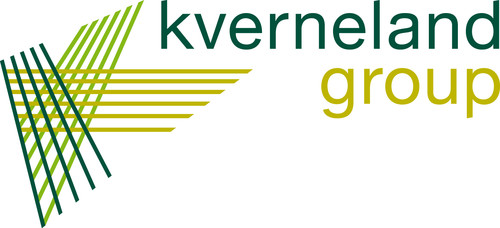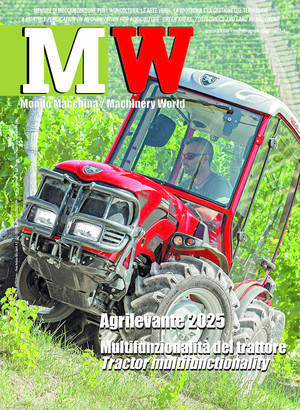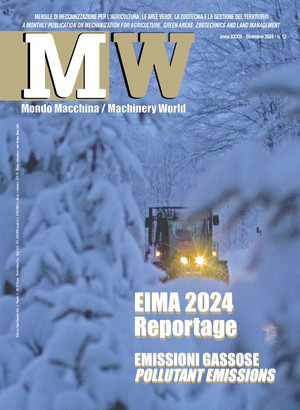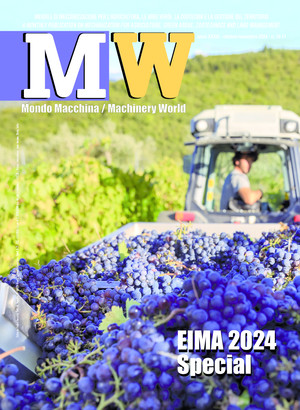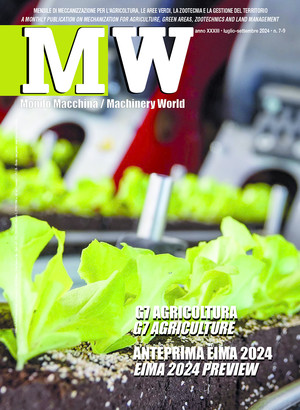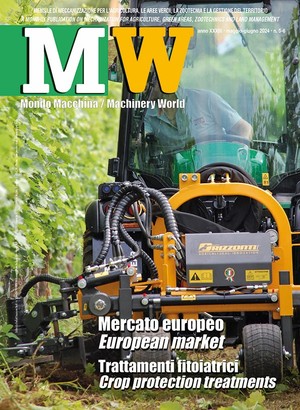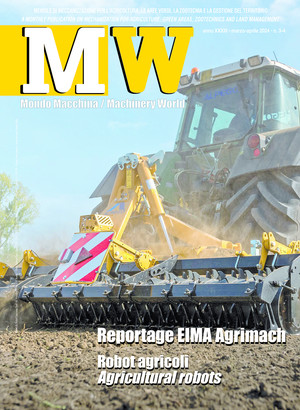
Precision viticulture for sustainability
Plant protection is the activity that has the greatest impact in both environmental and economic terms. Precision agriculture solutions for viticulture therefore focus on phytosanitary treatments. Variable rate fungicide application supported by a smartphone app improves process sustainability
The wine sector has always been a driving force in Italian agri-food, both in terms of production volumes and quality and the resulting added value generated. At the same time, the sector is a reference for the development of innovative solutions for economic, environmental and social sustainability. In this context, the field phase demands particular attention regarding possible environmental contamination – through the seepage or ground penetration – of pesticides used to defend against the most common microbes (downy mildew, botrytis and powdery mildew in particular). But actions taken to protect the vineyard also impact on the fuel consumption and wear of machinery (tractors, sprayers), as well as on the production and distribution chain of pesticides. From an economic point of view, the expenditure for plant protection products is the main cost item, followed by that relating to machinery, while as far as the environmental aspect is concerned, without a doubt the biggest problem is the amount of active ingredients that do not reach their target. Several recent research projects have focused on optimizing treatments, both by improving usual practices and by experimenting with alternative solutions, including those used in precision agriculture, which dictate "performing the most appropriate action, in the most appropriate place, at the most appropriate time”. The application of this principle to the field of fungicide treatments requires that they be carried out only if strictly necessary, and with careful calibration of the relative dosages. In the very likely case of a non-uniform fungal attack across different plots of land, the pesticides can be dispensed at variable rates in order to modulate the doses (and thus the amounts dispensed) according to the real spatial needs.
IT support. Developed by Cassandra Lab, a research group at the University of Milan, the PocketSPRAY smartphone app integrates weather forecasting services, mathematical models that simulate plant-pathogen interaction, and direct measurements of the Leaf Area Index (LAI) and provides alerts if conditions favorable to downy mildew and powdery mildew infection are forecast at the plot scale. This makes it possible to better determine the doses and volumes of water to use with the proper operating modes of the sprayer based on the LAI and the product being dispensed, as well as the ability to vary the amounts for different areas based on infection. This approach makes it possible to prevent the excessive use of plant protection products with respect to the leaf surface actually present and ready to receive the product, thus contributing to reducing loss or seepage. Specifically, two research projects for the development of digital precision agriculture solutions in the wine sector (Winery Farming 4.0 and SmartDEFENSE) have made use of the PocketSPRAY application, focusing on the optimization of phytosanitary defense in vineyards.
The SmartDEFENSE project. PocketSPRAY was used for two years, with different defense strategies (organic and integrated) on different vines, and always in a manner comparable to traditional treatment methods. As expected, during the 2023 campaign, the number of doses dispensed on conventional farms was 10% lower, and 3% lower on organic farms. In 2024, the savings was even more impressive, at 15% and 10%, respectively. Product savings were greatest for copper-based active ingredients, with decreases of up to 17% on conventional farms and slightly less on organic farms. The use of sulfur-based products and systemic fungicides was also reduced, mostly without incurring product losses or worsening symptoms.
The impact on environmental sustainability was also evaluated by means of applying the Life Cycle Assessment (LCA): PocketSPRAY technology always generated fewer impacts, and all the more marked in relation to the ecotoxicity of fresh water and the use of mineral and metallic resources. In more detail, for two specific farms (one organic and one conventional), the impacts for the two traditional and “smart” scenarios were compared: all other production factors being equal, the reduction of pesticides dispensed in the smart scenario in both cases led to a decline in environmental impacts. On the conventional treatment farm the most obvious benefits related to freshwater ecotoxicity and non-carcinogenic human toxicity; on the organic farm the most obvious reductions related to freshwater eutrophication, carcinogenic and non-carcinogenic human toxicity, and the use of mineral and metal resources.
The organic scenario is more sustainable as far as the toxicity of pesticides is concerned; the situation is reversed solely in the use of water, given that on an organic farm the treatments must be more frequent to maintain a sufficient level of protection, and thus there is greater consumption of mixture. Reducing the use of fungicides cuts costs, with savings ranging between EUR 64 and 109/ha for organic farms and from EUR 96 to 235/ha for conventional ones. But that's not all: in addition to the economic and environmental benefits, adoption of the technology described offers organizational and management advantages, because with the reduction of the quantities of sprayed mixture, the times of the work routines are shortened, with a further benefit related to the reduction of transfer times. Furthermore, the increase in productivity thus obtained translates into a more effective promptness of intervention, which becomes crucial in periods of high risk of infection.
The Winery Farming 4.0. Project To fully evaluate the overall sustainability of the PocketSPRAY technology, a multi-criteria analysis was conducted as part of the Winery Farming 4.0 project, based on the three pillars of sustainability: environmental, economic and social. In addition to greater environmental sustainability, with direct benefits on ecosystems and with less pressure on natural resources, from an economic point of view this technology generated a reduction in costs and an increase in production efficiency - at the same yield rate - owing to the reduction in the quantity of pesticides dispensed. However, there is also greater social sustainability, due to the lower exposure of local communities to the negative effects of seepage, and from the decrease in the time (and thus workload) of the operators involved. Among other things, the PocketSPRAY App also contributed to a higher quality of the wine, thanks to the reduction of its copper residues.

